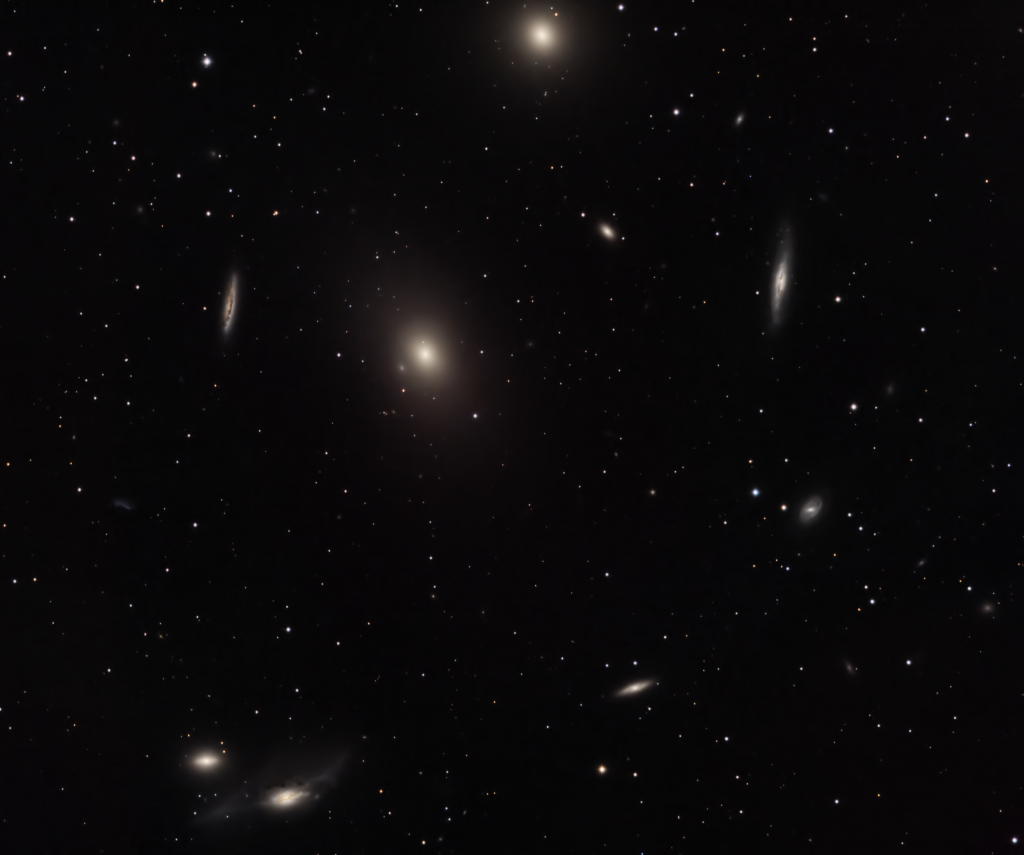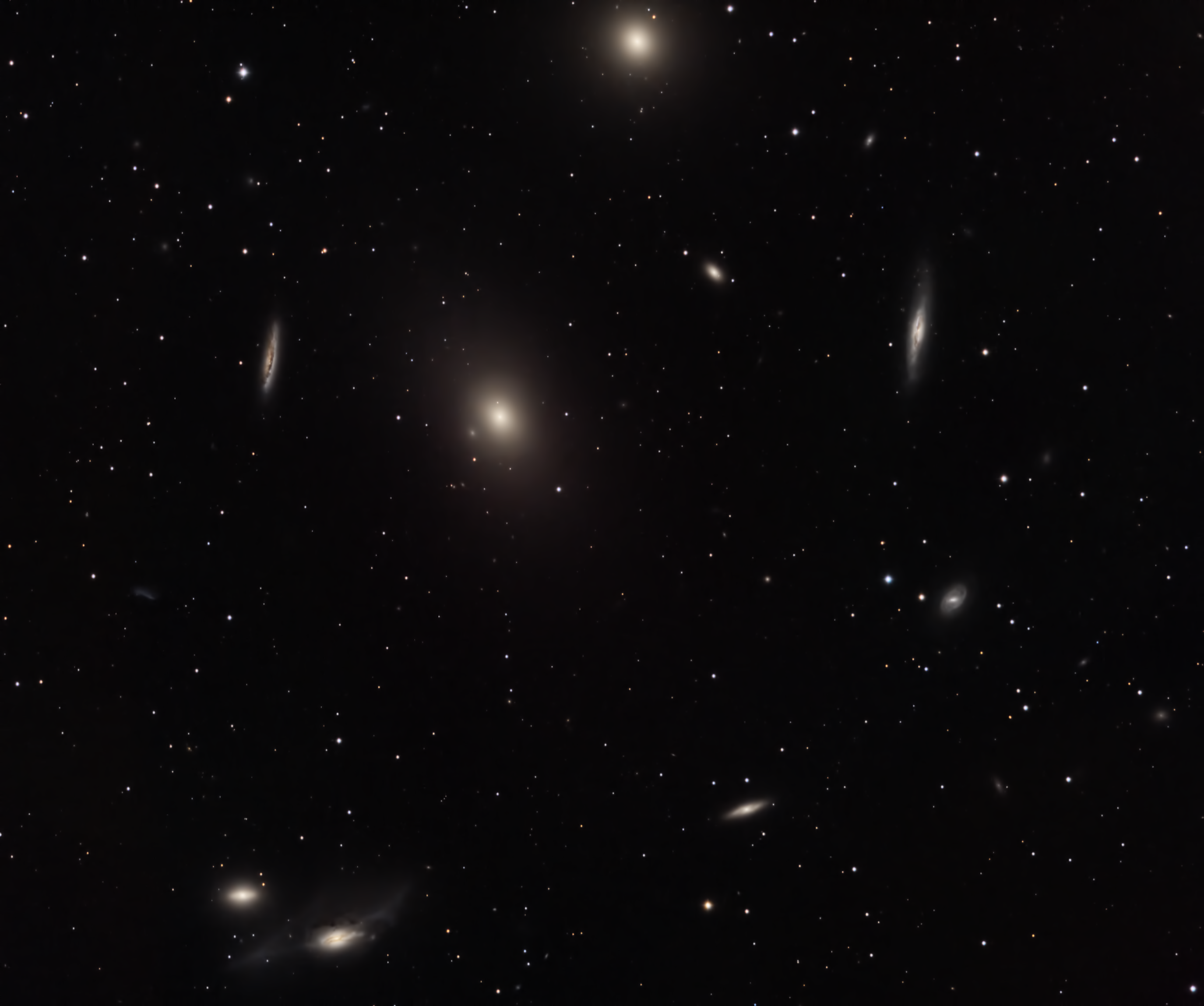
Similar Posts
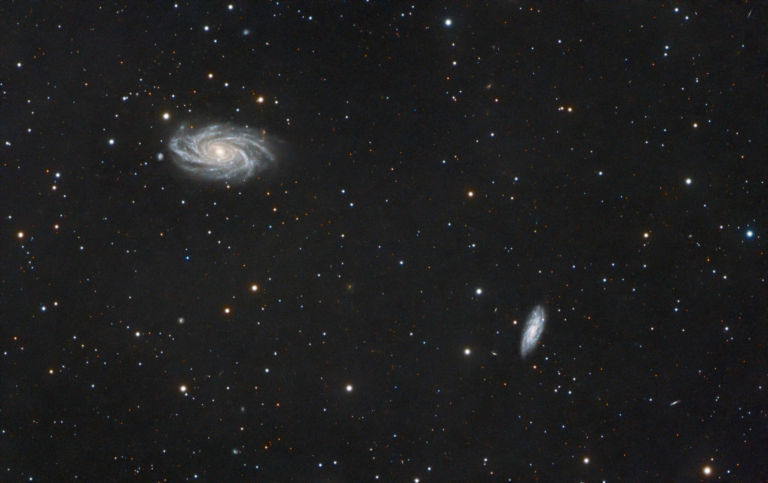
Looking back to the age of dinosaurs (NGC2336 and IC467)
Spent a couple of nights imaging these distant galaxies; the spiral in the upper-left is NGC2336, and the other is IC467. Galaxies this faint and distant generally don’t have catchy names! NGC2336 is 100 million light-years away. Think about that – you’re looking 100 million years in the past. The light we captured started its…
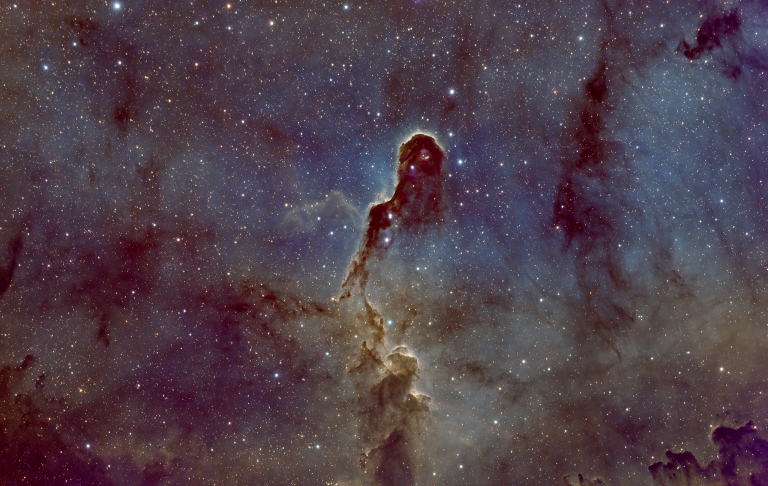
The Elephant’s Trunk
Located about 2,400 light-years away in the constellation Cepheus, the “Elephant’s Trunk Nebula” has a distinct “Pillars of Creation” vibe when viewed as a long-exposure, narrowband image in the style of Hubble. Like the “Pillars of Creation” (the Eagle Nebula,) the Elephant’s Trunk is also an area of star formation, containing some young, newly-formed stars….
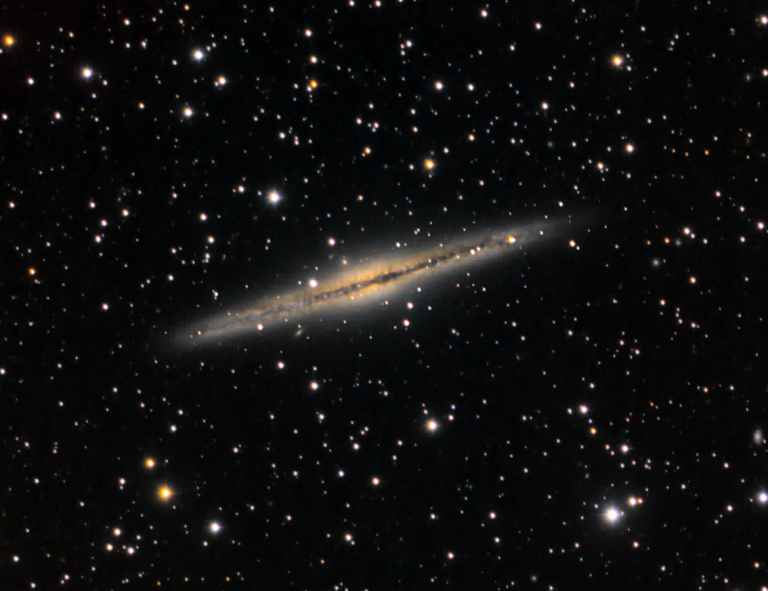
The “Silver Sliver” Galaxy
Try saying that three times fast! Fortunately, the “Silver Sliver Galaxy” has a formal name that’s easier to pronounce: NGC 891. It’s about 30 million light-years away, and is thought to be very similar to what our own Milky Way galaxy would look like when viewed edge-on. Explore the wider-field image; click on it for…
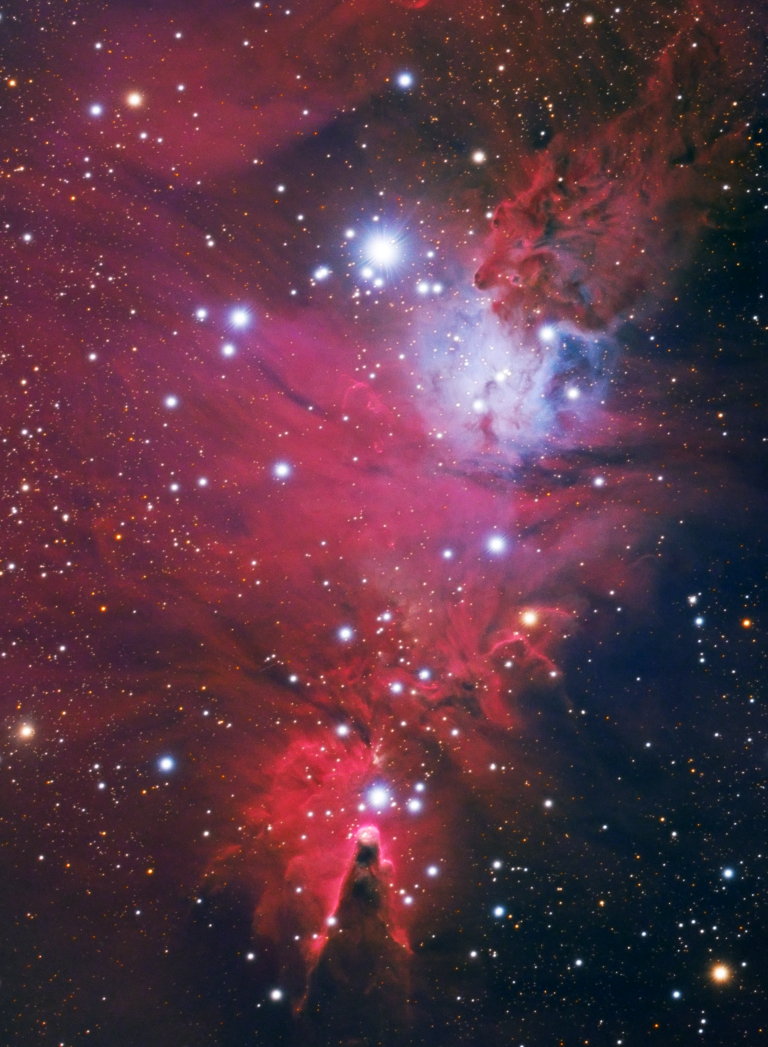
The Cone & Fox (revisited)
This is the Christmas Tree Cluster (turn the picture upside down and you might see it!) But the real focus here is the Cone Nebula at the bottom of the image, and the Fox Fur Nebula in the upper-right. Lots of red Hydrogen gas here being ionized by the young stars it formed. Also visible…
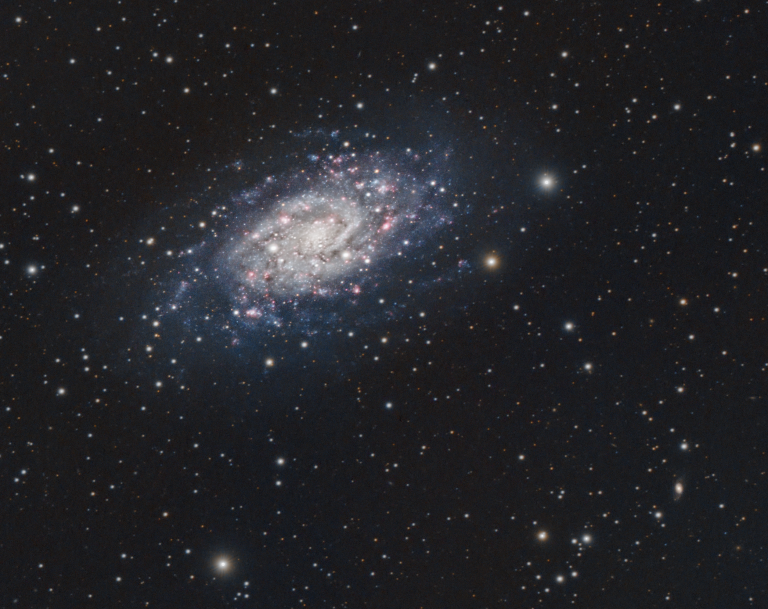
NGC2403: An obscure galaxy in an obscure constellation.
About 10 million light-years away within the constellation Camelopardalis lies NGC2403. It doesn’t get much love, but it was really an oversight in the famous Messier catalog that defines the most popular deep-sky objects. So let’s give it a little attention, and reflect on the fact that the light we’re seeing from this galaxy started…
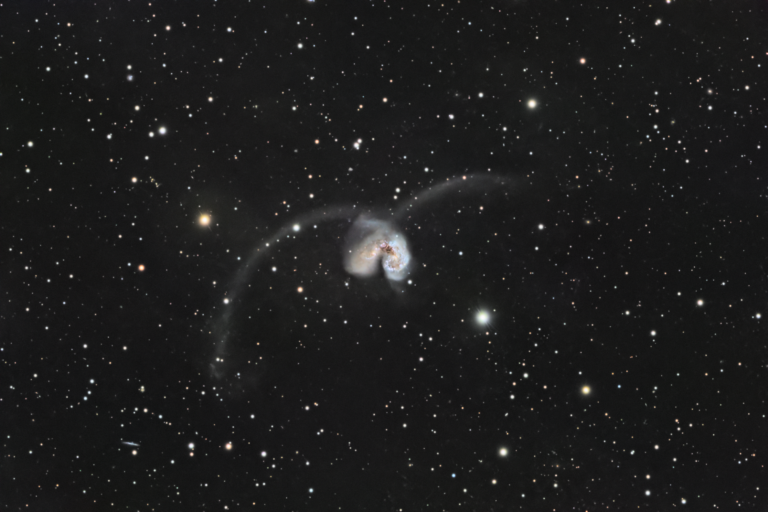
The Antennae Galaxies
Within the constellation Corvus, two galaxies are close to merging together into one… leaving two tails behind from the original galaxies. About 45 million light-years away. Our own galaxy may suffer a similar fate, should it collide with the Andromeda Galaxy in the distant future.

